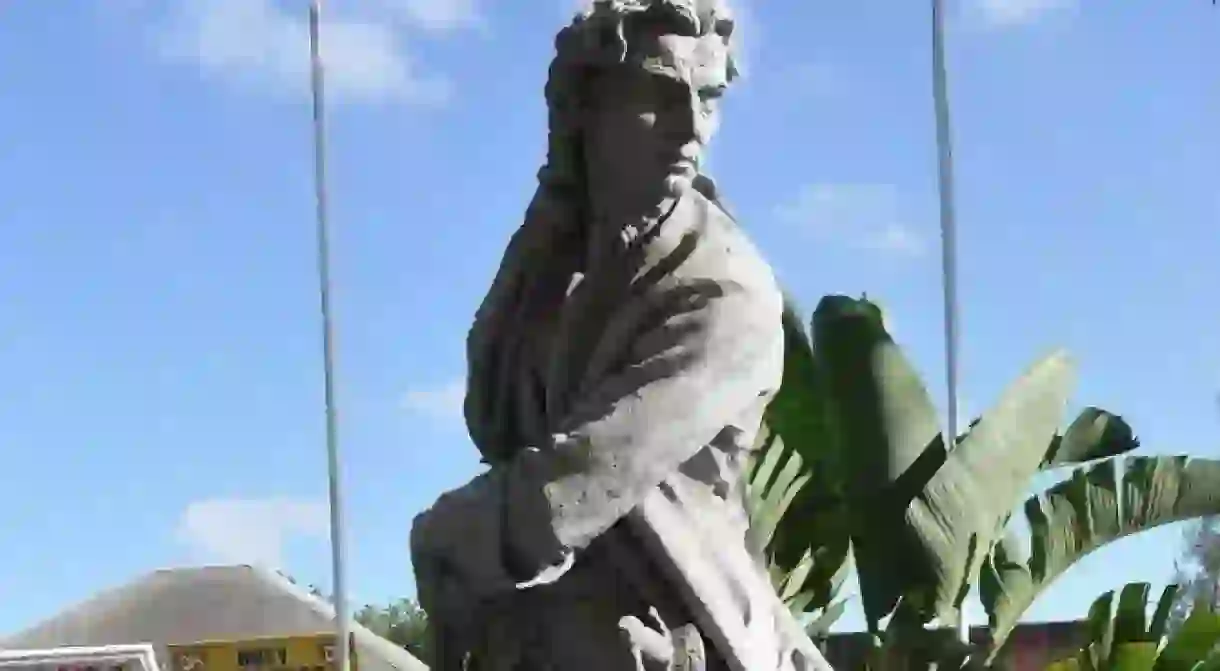How to Experience the Bahamas' Colonial History in Nassau

In 1492, Christopher Columbus made landfall in the New World on the island of San Salvador. When he arrived there were about 40,000 Lucayans living there. Their peaceful nature made them easy targets for enslavement and, within 25 years, all had died of diseases, hardships and the slavery they endured. The next settlers, known as the Eleutheran Adventurers, were English Puritans who arrived in 1649, who came in search of religious freedom after the Bahamas became a British colony in 1648. The Bahamas remained under British colonial rule for 325 years, until it finally gained its independence on July 10, 1973. It still remains a Commonwealth nation to this day and here are some of the places on the island where you can learn more about its colonial history.
Pirates of Nassau Museum
This museum provides an opportunity to experience what life was like in the Bahamas during the Golden Age of Piracy. This period in colonial history lasted from 1690 to 1720, during which Nassau had the greatest concentration of pirates of any other country in the New World. Here you can also learn about the involvement of the British Government, in particular that of the Royal Governor Woodes Rodgers, who helped bring an end to piracy in the Bahamas.

Fort Montagu
Fort Montagu is the oldest fort still standing on the Island of New Providence. It is at the eastern end of Nassau Harbour along the waterfront. Fort Montagu was used to help defend the island from pirates between the years 1690 and 1720. In March 1776, US naval forces seized the fort in the first US assault in history. Spanish forces seized the fort in 1782 and it was finally retaken by the British in 1783.
The Queen’s Staircase
Commonly referred to as The 66 Steps, the Queen’s Staircase is a major landmark located in the Fort Fincastle Historic Complex. It was created by slaves between 1793 and 1794 out of solid limestone, and it is said that it provided a direct route from Fort Fincastle to Nassau City. It was later named in honor of Queen Victoria, who reigned in Britain for 64 years, from 1837 to 1901.

Rawson Square
This is one of the central points in downtown Nassau. It houses a half-bodied bronze statue of Sir Milo Butler, the first Governor-General of the independent Bahamas. Directly opposite it in Parliament Square is a full-bodied statue of Queen Victoria, sitting on a throne. Queen Victoria is a symbol of the country’s violent colonial past, while Sir Milo is a symbol of the country’s promise of a new beginning.

Pompey Square
This is a social hub for local festivals, art shows, lounging and child’s play. The history of this square goes back to the 1700s and the colonial era, when enslaved Africans were auctioned at the marketplace. It is named after Pompey, who was an African freedom fighter.














